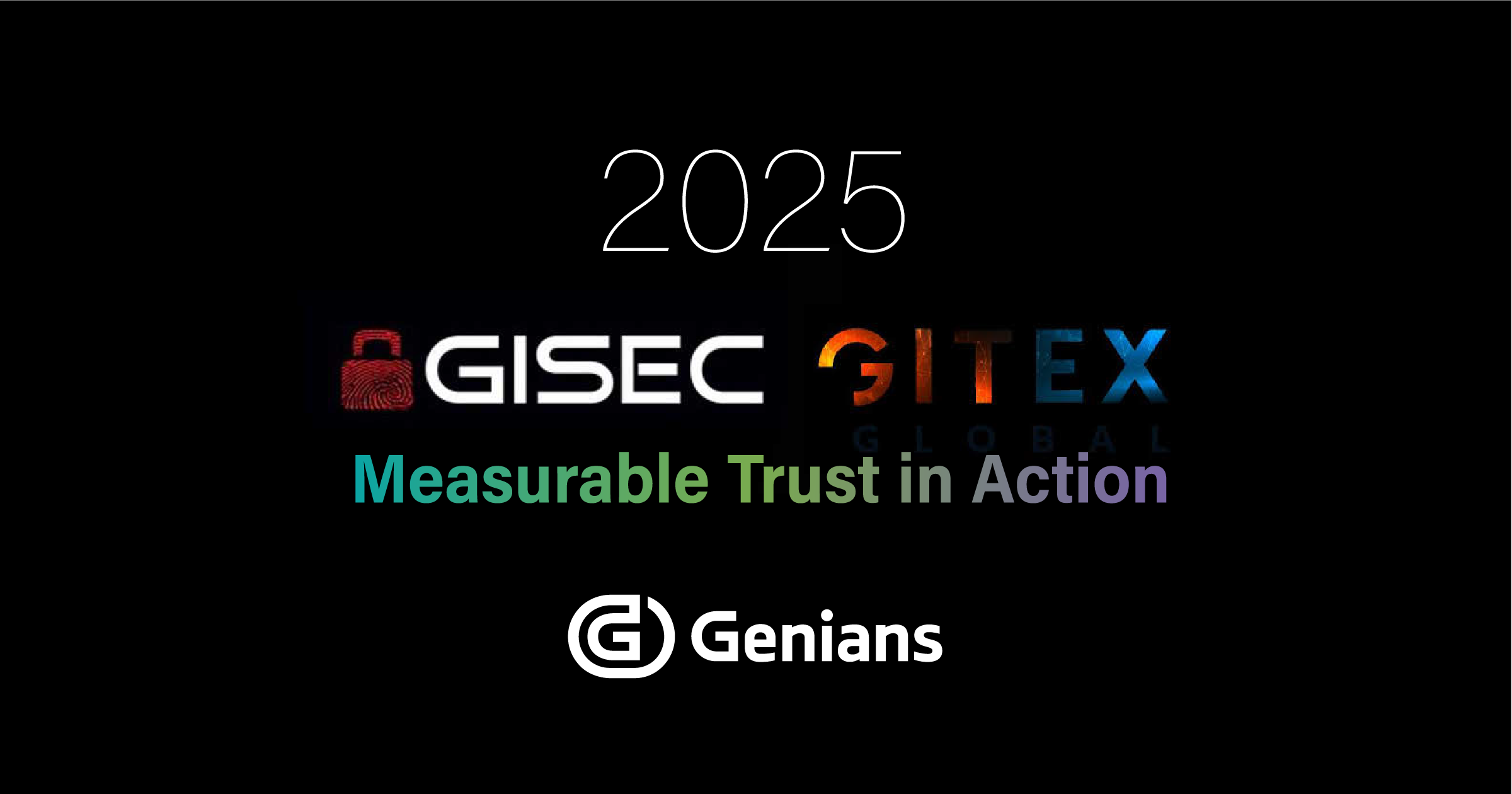As organizations increasingly adopt cloud-based technologies and mobile workforces, traditional network security models are no longer sufficient to protect against today’s advanced cyber threats. In response, a new approach to network security has emerged, known as Universal Zero Trust Network Access (ZTNA). Universal ZTNA provides granular access control based on user identity, device posture, and application-level access policies, reducing the attack surface by hiding network resources and providing centralized management and control. Compared to other solutions (VPNs, NAC, SDP, FWaaS, CASBs, IAM, WAF, SWGs, NGFWs, IDPS), Univeral ZTNA can provide a more comprehensive and effective security posture for organizations looking to secure both on-premises and cloud-based resources. In this context, it is important to understand the benefits and limitations of each solution to determine the most appropriate security approach for each organization’s unique needs.
Virtual Private Networks (VPNs)
VPNs are a technology that allows users to connect to a network remotely over the internet. They provide secure access to the network and can be used to encrypt data in transit.
Pros:
- Established technology with wide adoption
- Can provide access to the entire network
- May be less expensive than other solutions
Cons:
- Limited visibility and control over user activity
- Not ideal for cloud-based applications and resources
- Potential performance issues
Network Access Control (NAC)
NAC solutions are designed to control access to a network based on the security posture of the device and user identity. They can enforce security policies and quarantine devices that don’t meet certain security requirements.
Pros:
- Provides visibility and control over network access
- Can enforce policies based on user identity and device health
- Can integrate with other security solutions
Cons:
- Can be complex and expensive to implement and manage
- May require agents or software to be installed on endpoints
- May not be able to control access to cloud-based resources
Software-Defined Perimeter (SDP)
SDP solutions provide a secure access framework that hides network resources from unauthorized users. They can be used to grant access to specific applications and resources based on user identity and device posture.
Pros:
- Provides granular access control based on user identity and device posture
- Can be used to secure access to cloud-based resources
- Reduces the attack surface by hiding network resources
Cons:
- Can be complex to implement and manage
- Requires specialized knowledge and expertise
- May not be compatible with all applications and systems
Firewall as a Service (FWaaS)
FWaaS solutions provide a cloud-based firewall that can be centrally managed and controlled. They can be used to protect cloud-based resources and provide access control based on user identity.
Pros:
- Provides centralized control and management of firewall policies
- Can be integrated with other security solutions
- May be easier to manage than traditional firewalls
Cons:
- May not be able to provide the same level of granularity as Universal ZTNA
- May not be able to secure access to on-premises resources
- May have limitations in terms of performance and scalability
Cloud Access Security Brokers (CASBs)
CASBs provide visibility and control over cloud-based resources. They can be used to enforce policies based on user identity and activity and provide real-time threat detection and response.
Pros:
- Provides visibility and control over cloud-based applications and resources
- Can be used to enforce policies based on user identity and activity
- May be able to provide real-time threat detection and response
Cons:
- May not be able to control access to on-premises resources
- May require additional agents or software to be installed on endpoints
- May be less effective against advanced threats and attacks
Identity and Access Management (IAM)
IAM solutions provide centralized management of user identities and access privileges. They can be used to enforce policies based on user identity and activity and integrate with other security solutions.
Pros:
- Provides centralized management of user identities and access privileges
- Can be integrated with other security solutions
- Can enforce policies based on user identity and activity
Cons:
- May not be able to control access to network resources at the application level
- May not be able to provide the same level of granularity as Univeral ZTNA
- May be complex and expensive to implement and manage
Web Application Firewalls (WAF)
WAF is designed to protect web-based applications from attacks such as SQL injection, cross-site scripting, and other application-level threats. They can be used to enforce policies based on user identity and activity.
Pros:
- Can provide protection against web-based attacks and threats
- Can be used to enforce policies based on user identity and activity
- Can be integrated with other security solutions
Cons:
- May not be able to control access to network resources at the application level
- May have limitations in terms of performance and scalability
- May require specialized knowledge and expertise to implement and manage
Secure Web Gateways (SWGs)
SWGs are designed to protect against web-based threats such as malware, phishing, and other types of attacks. They can be used to enforce policies based on user identity and activity and can provide real-time threat detection and response.
Pros:
- Can provide protection against web-based attacks and threats
- Can be used to enforce policies based on user identity and activity
- Can be integrated with other security solutions
Cons:
- May not be able to control access to network resources at the application level
- May have limitations in terms of performance and scalability
- May require specialized knowledge and expertise to implement and manage
Next-Generation Firewalls (NGFWs)
NGFWs offer advanced security features such as deep packet inspection, application awareness, and intrusion prevention capabilities. They can provide granular policy control for network traffic and can integrate with other security solutions.
Pros:
- Offers advanced security features
- Can provide granular policy control for network traffic
- Can integrate with other security solutions
Cons:
- May not be able to provide the same level of granularity as Univeral ZTNA
- May not be able to secure access to cloud-based resources
- May not be as effective against more sophisticated attacks that target application or user-level vulnerabilities
Intrusion Detection and Prevention Systems (IDPS)
IDPS is designed to detect and block a wide range of network-based threats, including known and unknown vulnerabilities, malware, and zero-day attacks. They can provide real-time monitoring and alerting, allowing administrators to quickly respond to security incidents and mitigate the impact of attacks.
Pros:
- Can detect and block a wide range of network-based threats
- Can provide real-time monitoring and alerting
- Can integrate with other security tools and technologies
Cons:
- May generate a high volume of alerts and false positives, which can be difficult to manage and prioritize
- May require significant configuration and tuning to work effectively
- Can be resource-intensive and may impact network performance, especially if deployed in-line with network traffic.
Summary
No single solution can provide a comprehensive security posture, and different solutions may have their own benefits and limitations. In this context, Universal ZTNA can provide a complementary approach to network security that maximizes the benefits of existing solutions while minimizing their limitations and it enables organizations to adopt a holistic approach to network security that leverages the strengths of different solutions for a more effective and efficient security posture. Overall, a multi-layered security approach that combines the strengths of different solutions is essential for protecting against modern cyber threats and ensuring the security of critical network resources.
To support the approach, Genians can help to implement by leveraging NAC-driven Zero Trust Network Access (ZTNA) which can deliver the most essential cybersecurity features in an all-in-one format, while also offering flexible deployment options with an affordable pricing model. Seeing is believing, come visit us to get started right away. No sales call. No credit card needed.





